I realize that UX and UI Designers are mostly judged on their portfolio and applied skills.
And then there’s the one big thing I look for when interviewing designers.
Beyond that, there are a set of soft skills that truly separate rockstar designers from the ordinary.
I highly recommend that all serious designers embrace, practice, and teach others my top 10 soft skills that I detail here…
#10. Humility
No matter how much experience you have, you should know that you still don’t know everything. You approach each new design project ready to dive in with a fresh perspective. Always be willing to work hard, learn something new, and collaborate along the way.
Bottom line: Nobody likes a dick know-it-all. So don’t be that guy.
#9. Adaptability
Design is always evolving.
A great designer is someone who can adapt to the constant change by keeping up with the ever-evolving design tools, trends, methods, and outputs.
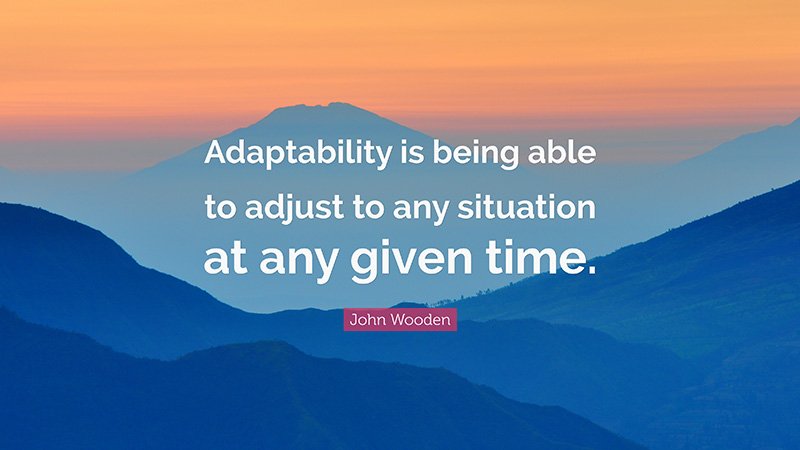
There are new challenges with each design project, along with the various factors that affect the design process: product/brand industry, user demographics, user’s interests, needs, aspirations, and pain points. Designers have to be flexible enough to adapt to these changes each and every day.
#8. Collaboration
John Donne once said that “No man is an island entire of itself,” which holds true in life as it does in design, especially within large organizations.

Designers must be able to thrive on collaborating within diverse teams in order to hear a variety of perspectives – including opposing views – because these can often lead to bigger and better ideas.
#7. Failing Fast & Learning Often
The best user experiences are created when designers experiment profusely, test, and learn.
This happens from the Create-Test-Iterate design cycles, where you test your assumptions against real customers in each iteration and the customer feedback drives the design approach of the next iteration.
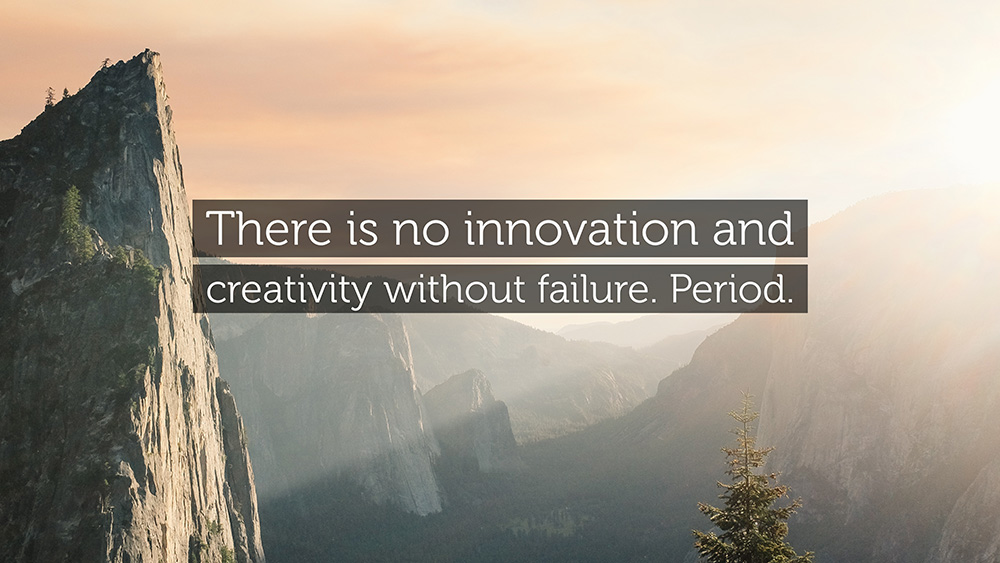
Failure is just a natural byproduct of this process, where designers need to take these failures, learn from them, and apply these learnings to the next design iteration.
Dwelling on the failure won’t help anyone. Nor will discarding the learnings.
Designers must embrace failure, and more importantly, the learnings that come from the creative process.
#6. Storytelling
We all love stories and want to be entertained.
And great experiences do just that — they tell incredible stories.

Storytelling is embedded in the fabric of the design process, from concept to strategy to execution. Developing the UX Vision requires crafting a detailed narrative that captures the idealized view of the experience that users will have with the digital product and experience.
I love using storytelling for the UX Vision because it’s an extraordinary way to communicate design concepts that focus on the user’s experience with your product while downplaying the implementation details. The same is true for creating user personas, where it’s helpful to have rich stories for each of these character sketches to better relate to and utilize for
The better designers are at storytelling, the better your customers will connect to the designs, products, and experiences you create.
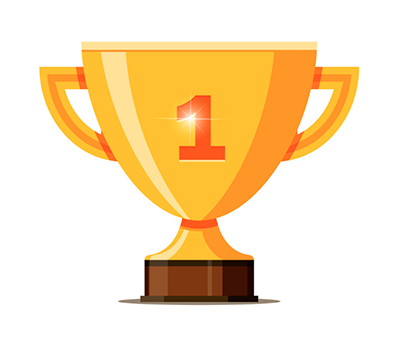
#5. Passion for Excellence
Passion is underrated.
Without enthusiasm for being the best designer, you’ll get run over by the daily challenges, constant change, and the never-ending Create-Test-Iterate cycles involved in Product design.
The best designers wake up excited every day ready to change the world.
#4. Curiosity
To quote myself from 2 minutes ago… Design is always evolving.
From the tools to the methods to the outputs. And you’ve got to keep up.
Curiosity is an incredible soft skill to push boundaries by constantly asking “why?” or even “why not?”
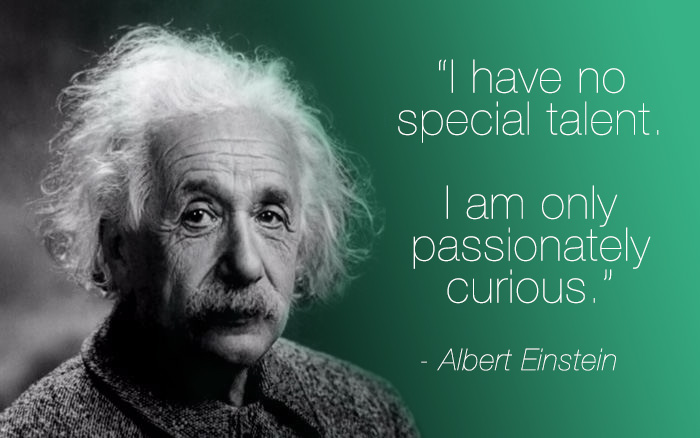
Only a curious mind can constantly ask insightful questions and engage in a more in-depth manner with stakeholders and customers to fully understand the various problems that come up in the design process.
#3. Empathy

In today’s times, when the focus is shifting from Intelligent Quotient (IQ) to Emotional Quotient (EQ), empathy has become a key skill for a designer.
To create awesome products that make the life of your users easier, you first need to step into their shoes and think and feel like them.
Emotional intelligence is the ability to identify and manage your own emotions and the emotions of others. It is generally said to include four core skills: emotional self-awareness, social awareness (empathy), self-management (motivation), and relationship management (social skills).
Simply put, empathy allows a designer to understand target users better. And that is the foundation upon which your design process should be based on.
The best designers have higher levels of emotional intelligence (EQ), which makes it easier for us to empathize with customers by engaging, listening, and learning from them; which is the secret to building awesome products.
#2. Communication
Communication skills can impact design projects for the better… or for the worse.
Communication is multi-faceted, where constructive listening, providing an honest perspective, utilizing non-verbal communications effectively, and controlling your emotions are just as important as speaking succinctly to a team, stakeholders, and customers.

Extraordinary communicators are the ones who bring solutions, drive change, and motivate and inspire their colleagues.
By improving your communication skills, designers can better leverage key insights from stakeholders and customers, enhance team collaboration, and improve decision-making.
#1. Problem-Solving
Designers must not only embrace adversity, but also be able to use logic, creativity, and analytical skills to see patterns, behaviors, and trends in order to draw meaningful conclusions from them and develop intelligent solutions. In fact, the best problem solvers actively anticipate potential future problems and proactively develop ideas and solutions to prevent them.
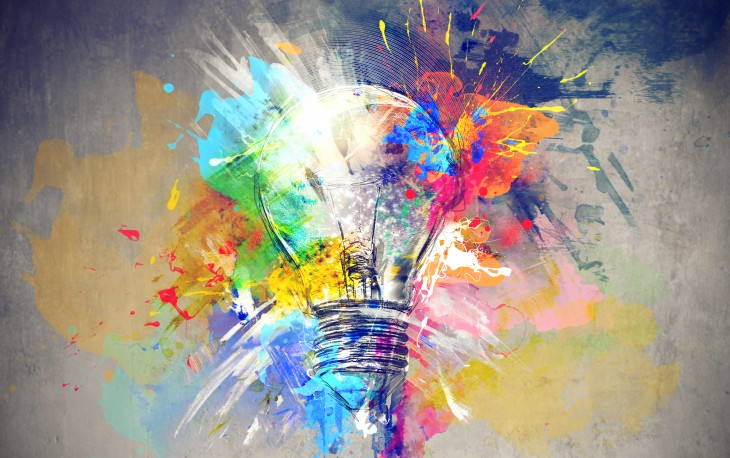
I believe a problem is nothing more than an opportunity to create something better. To see things differently. To discover new paths forward.
Designers don’t run from adversity. We embrace it.
For us, adversity is where the creative process starts.



3 thoughts on “10 Critical Soft Skills for UX/UI Designers and How to Develop Them”